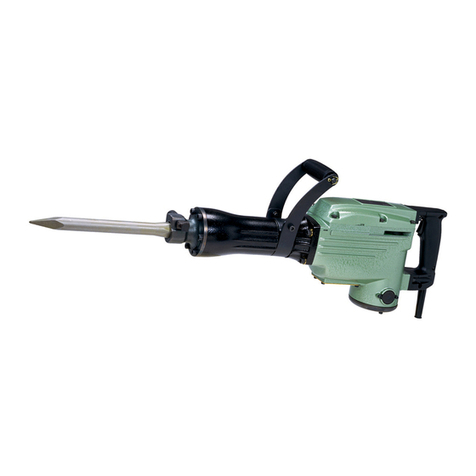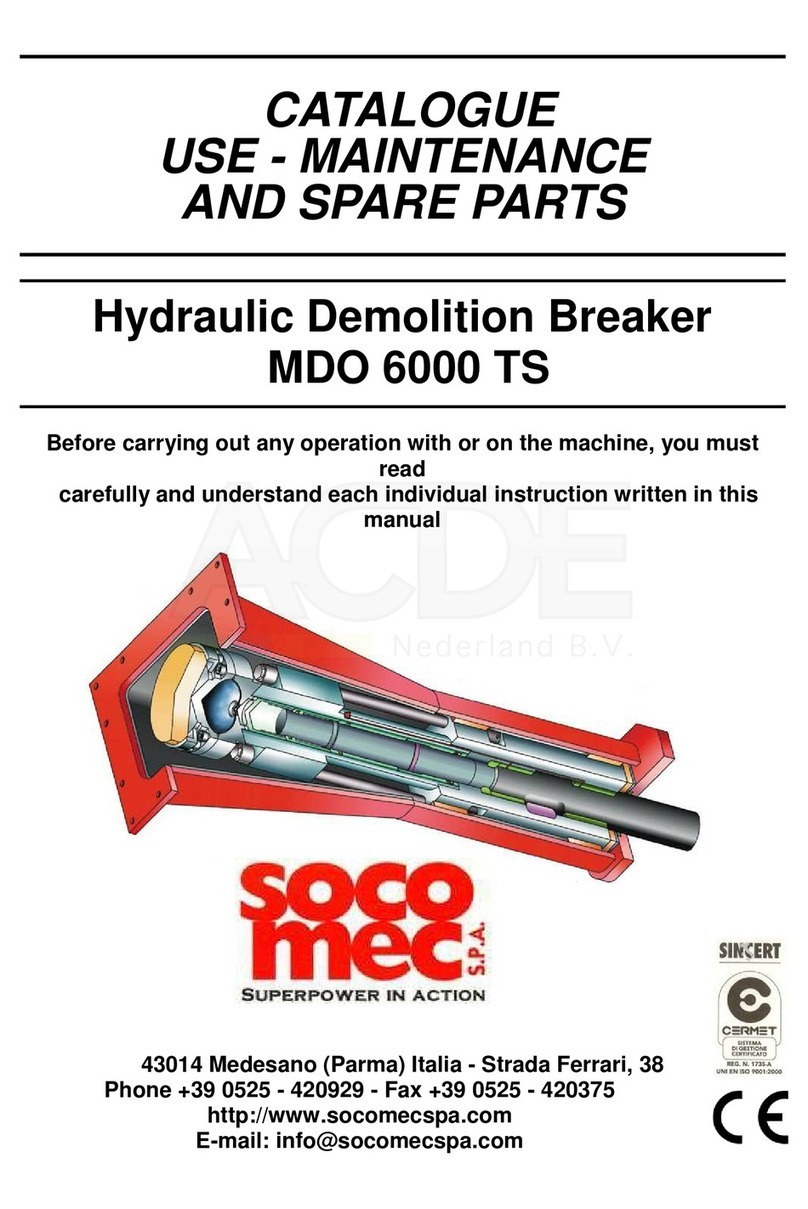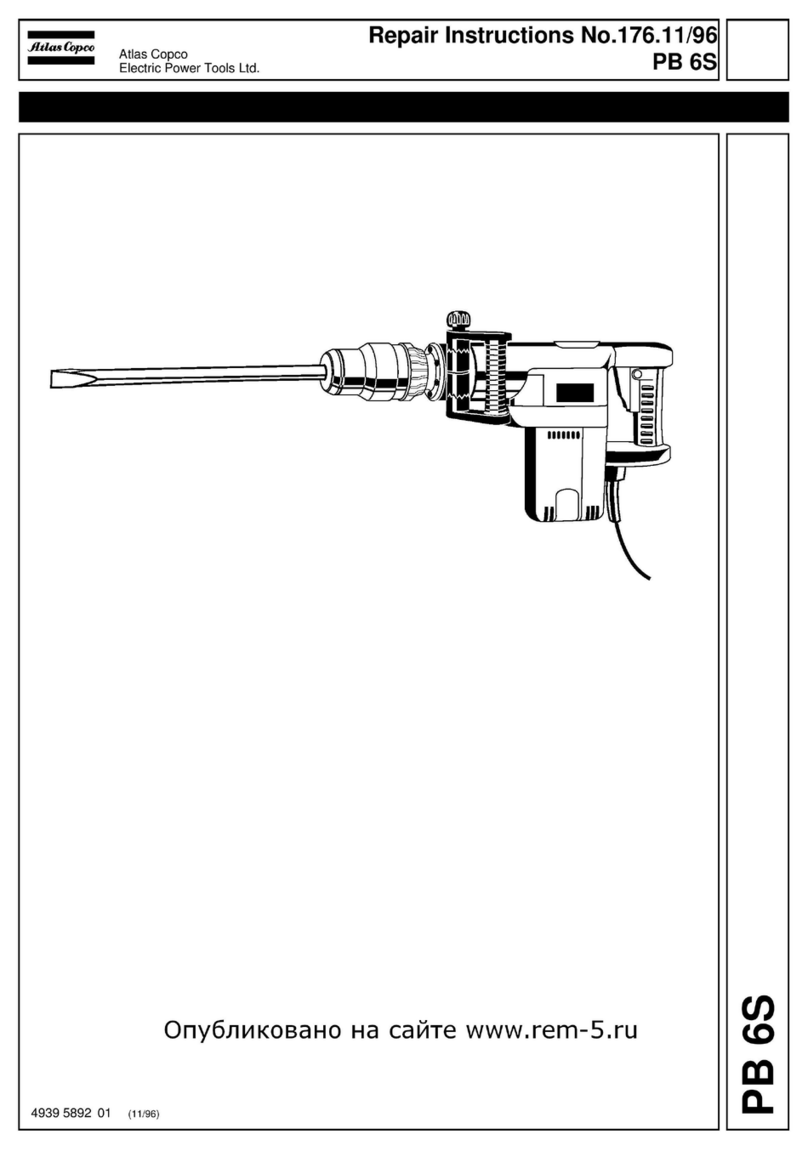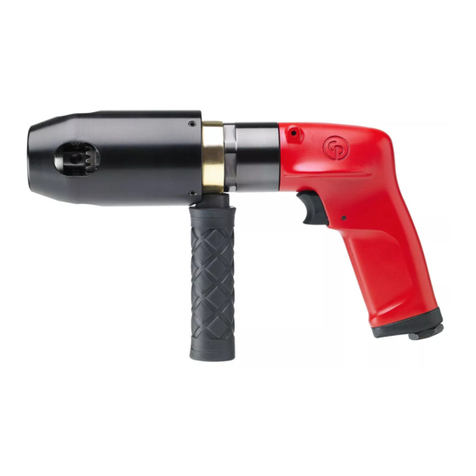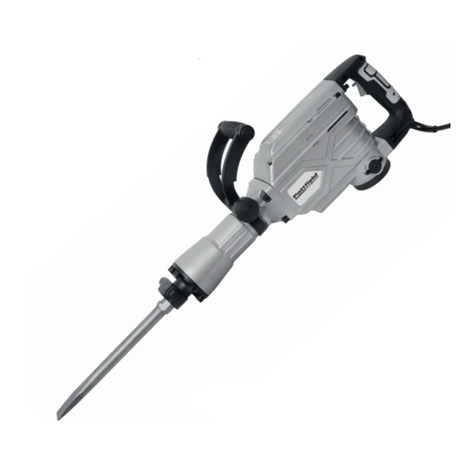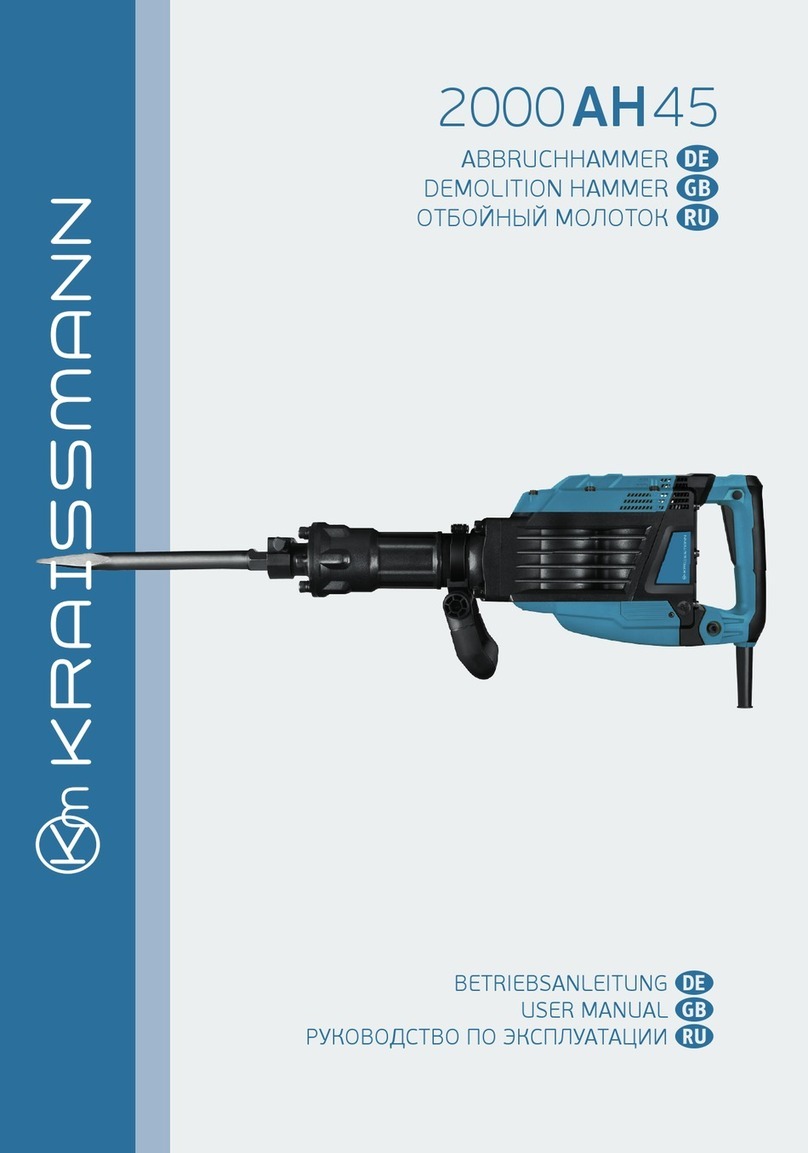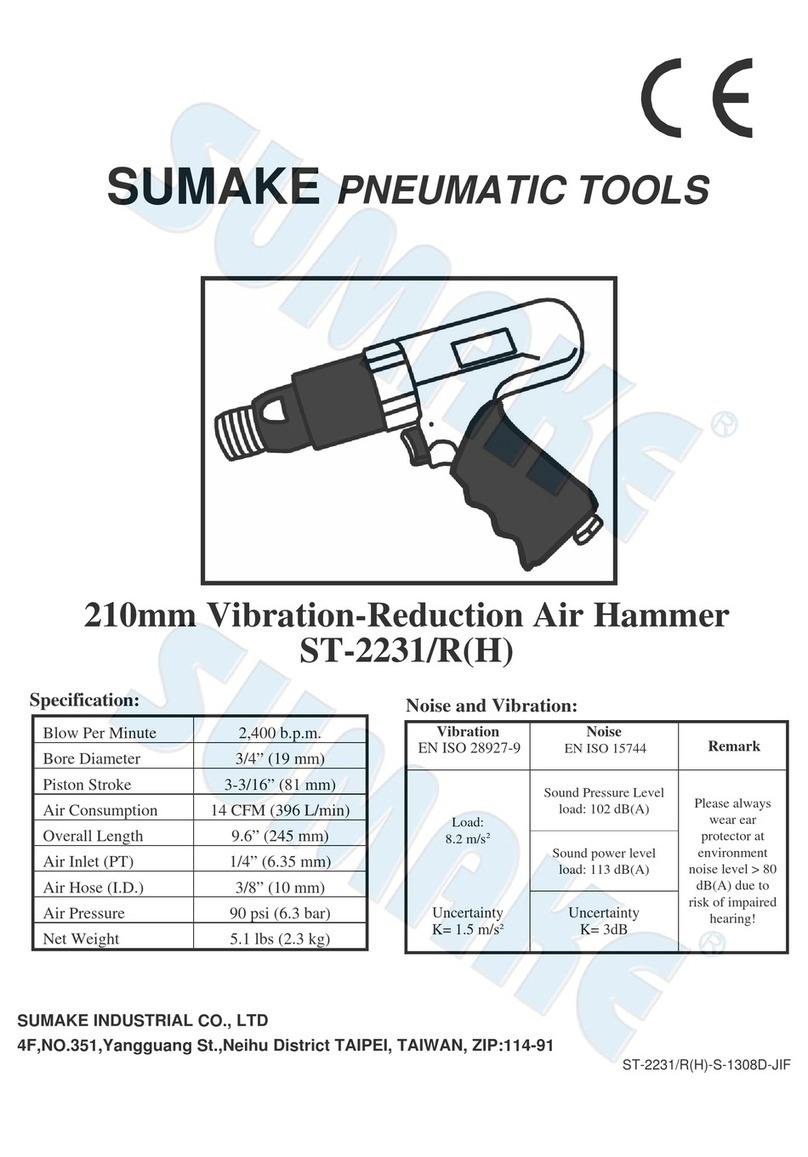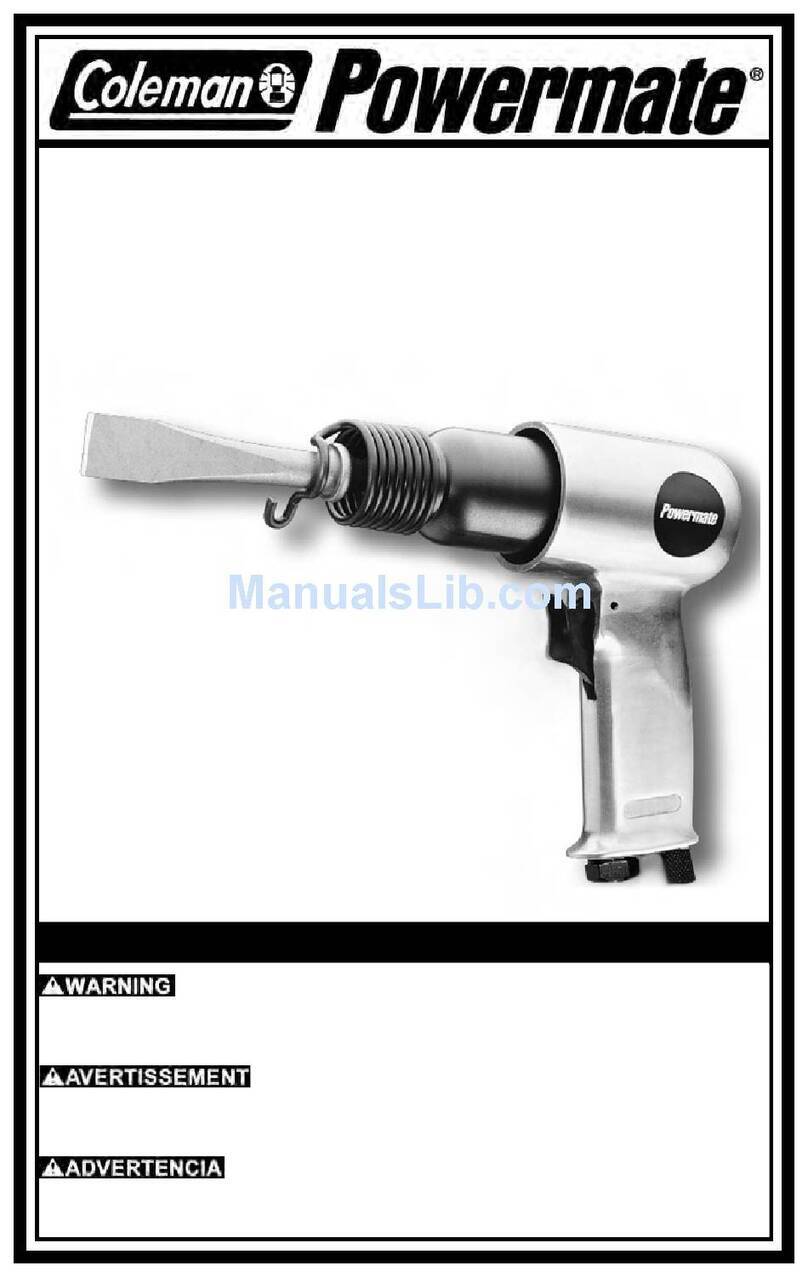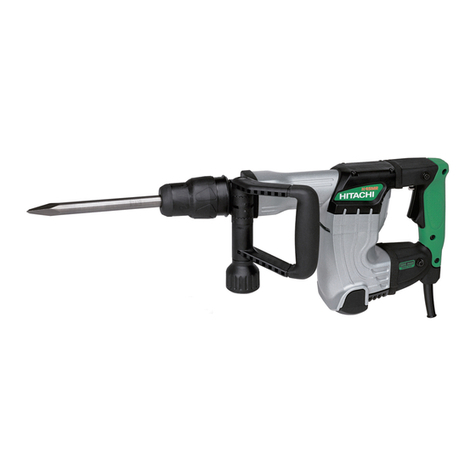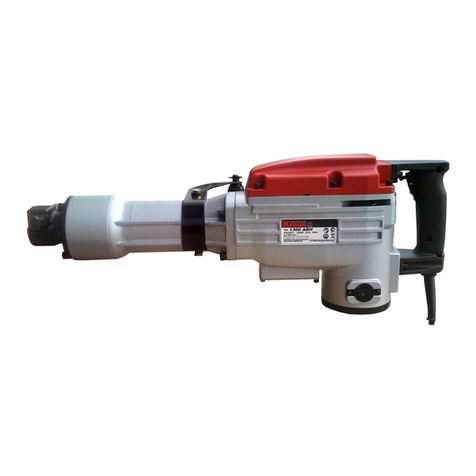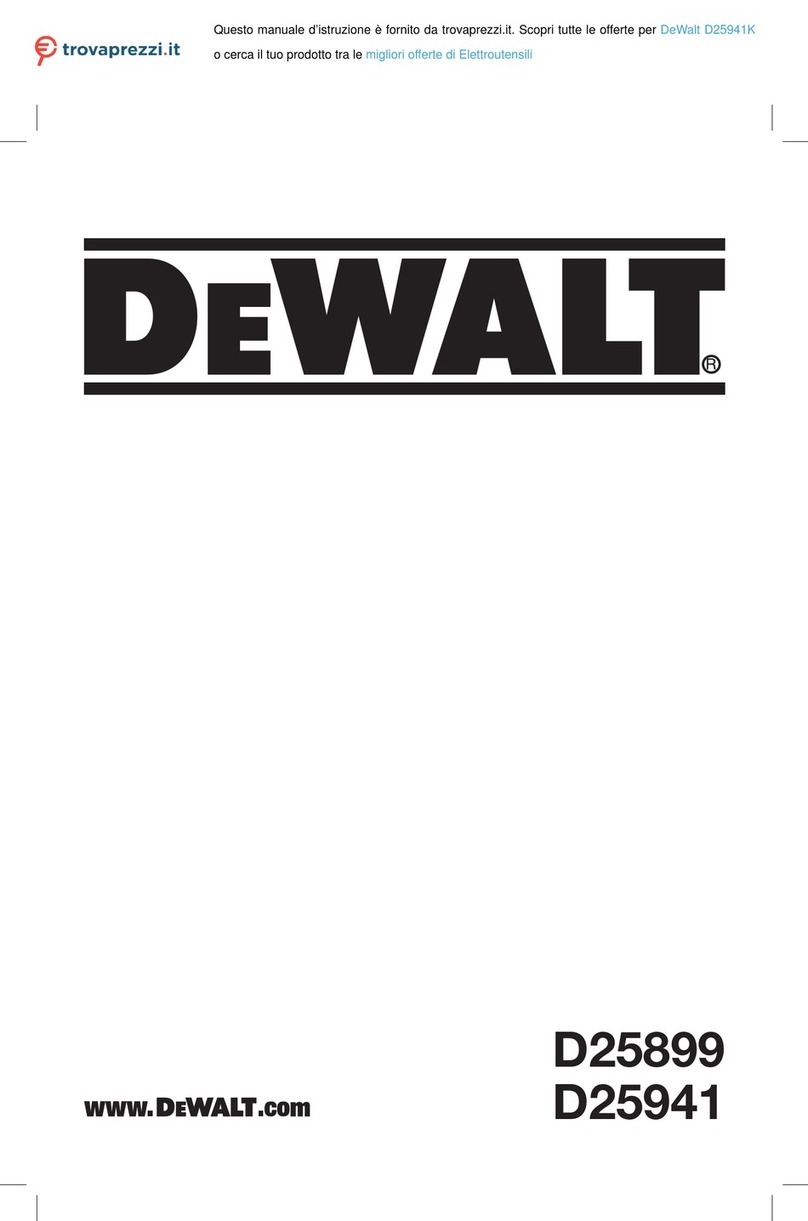
4
Parts & Service: 020 8988 7400 / E-mail: Parts@clarkeinternational.com or Service@clarkeinternational.com
5. DO NOT overreach. Keep proper footing and balance at all times. This
enables better control of the power tool in unexpected situations.
6. Dress properly. DO NOT wear loose clothing or jewellery. Keep your hair,
clothing and gloves away from moving parts. Loose clothes, jewellery or
long hair can be caught in moving parts. ALWAYS use protective clothing
for prevention of injury.
7. All hand held power tools vibrate to some extent, and this vibration is
transmitted to the operator via the handles. Operators who are regularly
exposed to vibration may suffer from Hand Arm Vibration Syndrome
(HAVS), which includes ‘dead hand’, ‘dead finger’, and ‘white finger’.
These are painful conditions and are widespread in industries where
vibrating tools are used. If you feel numbness or pain in hands or arms, STOP
using the tool and take a rest. If symptoms persist seek medical advice.
POWER TOOL USE AND CARE
1. DO NOT force the power tool. Use the correct power tool for your
application. The correct power tool will do the job better and safer at the
rate which it was designed.
2. DO NOT use the power tool if the switch does not turn it on and off. Any
power tool that cannot be controlled with the switch is dangerous and
must be repaired.
3. Disconnect the power before making any adjustments, changing
accessories, or storing power tools. Such preventive safety measures
reduce the risk of starting the power tool accidentally.
4. Store idle tools out of the reach of children and DO NOT allow persons
unfamiliar with the power tool or these instructions to operate the power
tool. Power tools are dangerous in the hands of untrained users.
5. Maintain power tools. Check for misalignment or binding of moving parts,
breakage of parts and any other condition that may affect the power
tools operation. If damaged, have the power tool repaired before use.
Many accidents are caused by poorly maintained power tools.
6. Keep cutting tools sharp and clean. Poorly maintained cutting tools with
sharp cutting edges are less likely to bind and are easier to control.
7. Use the power tool and accessories in accordance with these instructions
and in the manner intended for the particular type of power tool, taking
into account the working conditions and the work to be performed. Use of
the power tool for operations different from intended could result in a
hazardous situation.
